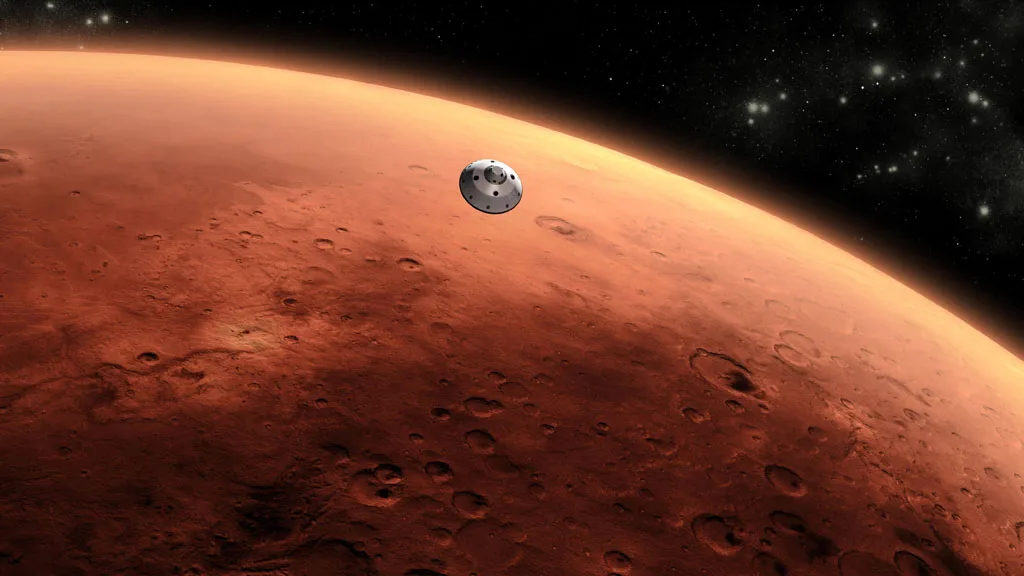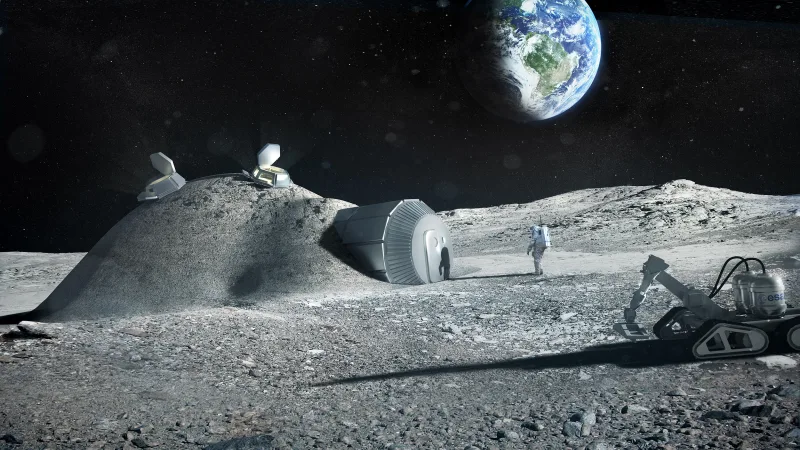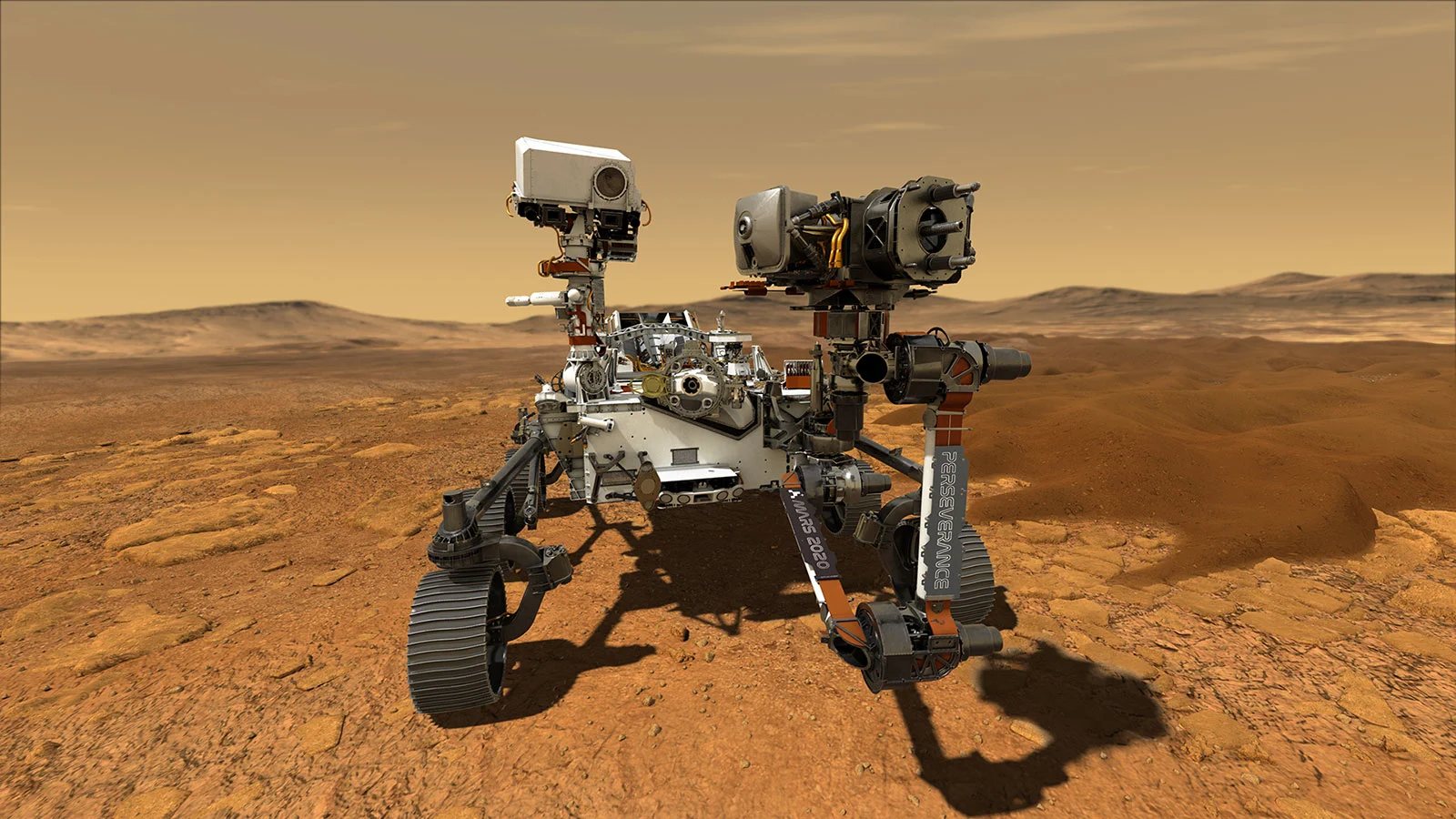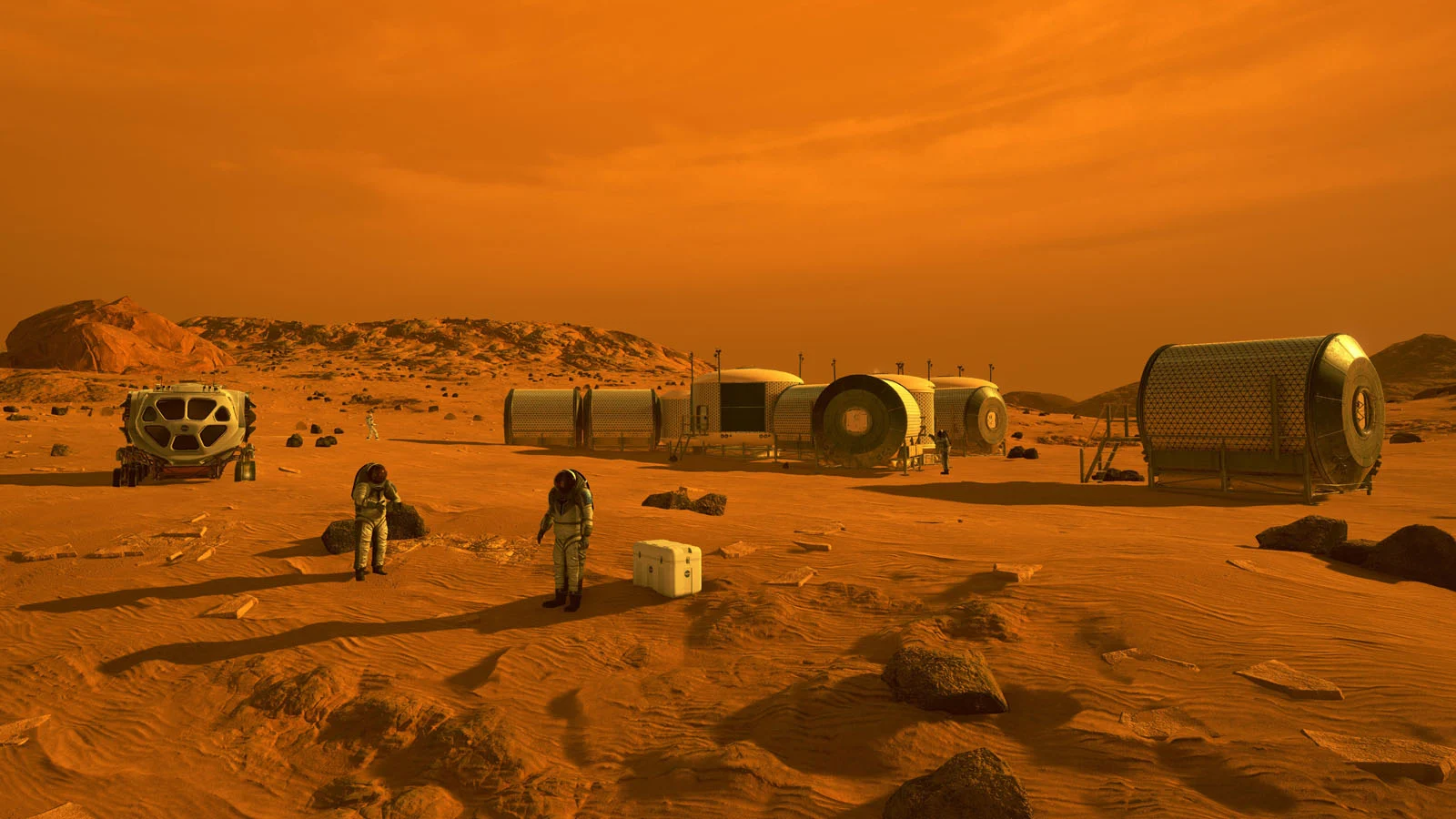
NASA pens new rules to prevent us from contaminating the Moon and Mars
The old rules would have blocked us from ever setting foot on Mars
NASA has a strict set of guidelines for sending missions out into space to prevent Earth microbes from contaminating the planets and moons that we visit. Now, the agency has revised those rules to clear the way for human missions to the Moon, and eventually Mars.
Science fiction has already taught us many lessons about the human exploration of space. Chief among those lessons is how we need to do everything we can to prevent some kind of harmful alien bacteria or organisms from being brought back to Earth.
On the flipside, however, is another crucial issue: to preserve the unique alien environments of our solar system - on the Moon, Mars, and other celestial bodies. To do this, we also need to prevent them from being contaminated by microbes that originate from Earth. That is one of the key points of the Outer Space Treaty - an international agreement for the fair and responsible use of space.
This is where NASA's Office of Planetary Protection comes in. The sole concern for this part of the agency is the possibility of harmful biological contamination due to space exploration. Their rules and regulations cover both forward contamination (Earth microbes hitching a ride to another celestial body) and back contamination (returning spacecraft, or astronauts, or samples bringing alien microbes back to Earth).

This is an artist's concept of NASA's Mars Science Laboratory spacecraft approaching Mars. Credit: NASA/JPL-Caltech
By pure biological necessity, we bring microbes with us, no matter what we do or where we go. Apparently, with NASA's previous rules, this fact would prevent any living astronaut from ever setting foot on Mars. They would also impose restrictions on visiting anywhere on the Moon that could have frozen water ice.
With new missions to the Moon currently in the works, such as NASA's Artemis program, and with ideas for future crewed missions to Mars, the agency realized they needed to revisit these guidelines.
Now, after going over those rules, they have released two new NASA Interim Directives (NIDs) this week.
These directives take into account what they've learned from nearly 20 years of continuous human habitation of the International Space Station, as well as decades of robotic exploration of the Moon and Mars, and even from their plans for the new Lunar Gateway station.
The first NID changes how we treat the surface of the Moon. Before this, visiting anywhere on the lunar surface required special consideration, because we now know that the Moon has pockets of water ice. The new NID states that these restrictions now only count for specific areas of the surface where these pockets could exist; notably the so-called Permanently Shadows Regions at the bottom of craters near the lunar poles, and the Apollo landing sites which already contain biological materials left behind by the astronauts. The rest of the lunar surface would be free from planetary protection restrictions.

This artist's rendition shows a base on the Moon. Credit: ESA
"We are enabling our important goal of sustainable exploration of the Moon while simultaneously safeguarding future science in the permanently shadowed regions," Thomas Zurbuchen, Associate Administrator of NASA's Science Mission Directorate, said in a NASA press release. "These sites have immense scientific value in shaping our understanding of the history of our planet, the Moon and the solar system."
The other NID updates the planetary protections in place for Mars. Before now, Mars had one of the most stringent sets of restrictions in place. Anything that would touch down on the surface needed to be almost completely sterilized before it would be allowed to launch. For landers and rovers with life-detection capabilities, such as the Viking landers or the new Perseverance rover, they would have to be even more thorough.

This artist's rendition shows the Perseverance rover on the surface of Mars. Credit: NASA
Basically, there's no sense in sending a robot to detect life on another planet if it only ends up detecting life that hitched a ride from Earth. To ensure that the search for extraterrestrial life is as honest and thorough as possible, we cannot bring anything with us.
The problem becomes: we can't use the same sterilization methods with human astronauts as we do robotic explorers. So, if we are going to plan crewed missions to Mars, these rules have to change.
There's one limitation to changing the rules, however. Even after over 40 years of exploring the surface of Mars, we still don't know enough about it to develop a responsible set of restrictions.
"The challenge with Mars is that we simply don't yet have enough information to know where it is we can go and where we shouldn't go, and where we can go but we need to be more careful than other places," NASA Administrator Jim Bridenstine said when the new NIDs were announced.

A simulated base on Mars. Credit: NASA
NASA's new Perseverance Rover is designed to search for signs that life existed on Mars in its distant past. It may even be able to tell us if there is life on the planet now (although in all likelihood, it would be microbes deep beneath the ground). Perseverance is currently scheduled to launch later this month, with a landing in Mars' Jezero crater in February of 2021. So, once Perseverance arrives and begins its investigations, the science it collects will go into forming these new rules for human missions to Mars.






